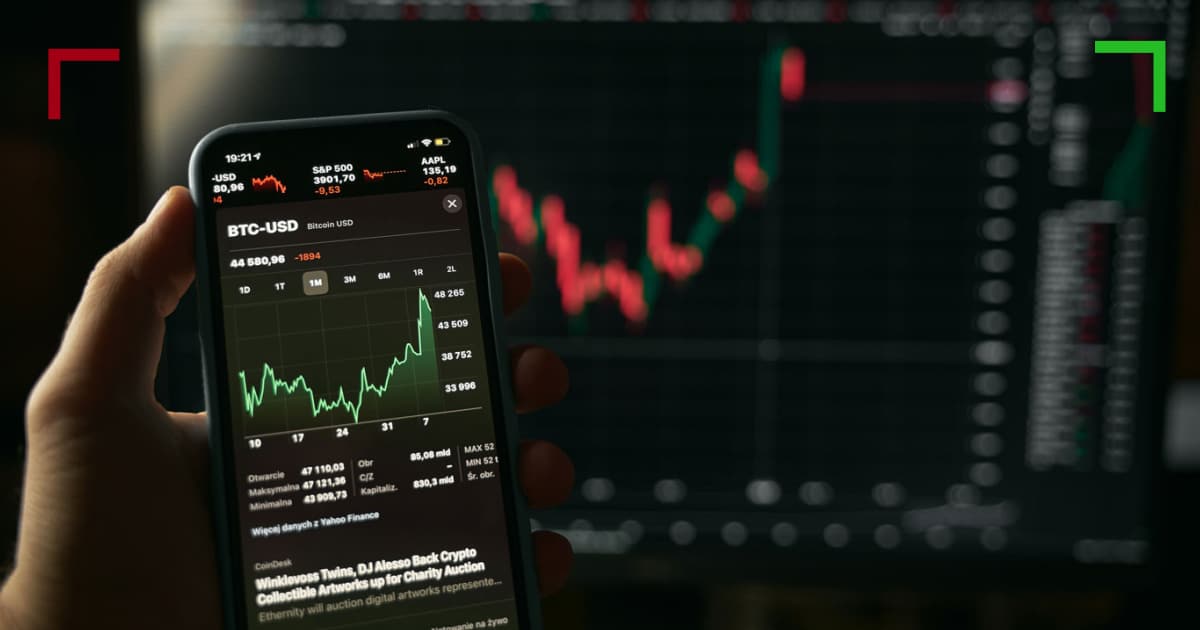
Crypto Margin Trading: An In-Depth Guide
The evolution of digital currencies has reshaped the financial landscape, introducing myriad trading methods, one of the most exciting and risky being Crypto Margin Trading visit website. This practice allows traders to leverage borrowed capital to amplify their potential returns. However, with great rewards come significant risks, making it essential for traders to understand the mechanics behind margin trading in the cryptocurrency markets. In this article, we’ll explore the fundamentals of crypto margin trading, delve into strategies, and highlight the risks involved.
What is Crypto Margin Trading?
Crypto margin trading refers to the process of borrowing funds from a brokerage or exchange to trade larger positions than the trader’s current account balance would normally allow. The essential principle behind margin trading is leveraging, which gives traders the ability to control large amounts of cryptocurrency with a relatively small investment.
How Margin Trading Works
When you engage in margin trading, you will typically open a margin account with a cryptocurrency exchange. This account is different from a standard trading account, as it allows you to borrow funds. Depending on the exchange and the specific cryptocurrency, the leverage ratio can vary. For instance, a ratio of 2:1 means that for every dollar you invest, you can borrow an additional dollar, effectively doubling your exposure in the market.
To begin margin trading, the trader must deposit a certain amount of collateral, often referred to as the “margin.” This margin serves as a security deposit for the borrowed funds. If a trade goes against the trader’s position, they may be required to deposit additional funds to maintain the margin, or they may face a margin call, where the exchange will liquidate their position to recover the borrowed amount.
Benefits of Crypto Margin Trading
One of the primary advantages of margin trading is the potential for increased profits. By leveraging their trades, traders can magnify their gains significantly compared to standard trading. This amplified potential is particularly appealing in the highly volatile cryptocurrency market, where price swings can result in large profits or losses in a short time.
Additionally, margin trading allows traders to diversify their portfolio more efficiently. With borrowed funds, it is possible to spread investments across a range of different cryptocurrencies while maintaining a smaller cash balance than would be necessary in traditional trading.
Strategies for Successful Margin Trading
To thrive in crypto margin trading, having a clear strategy is critical. Below are several effective strategies that traders often utilize:
1. Risk Management
One of the most vital aspects of margin trading is managing risk. Traders should only use a small portion of their capital for margin trading—typically no more than 10-20%. This approach ensures that even if a trade goes against them, they won’t face devastating losses. Additionally, setting stop-loss orders can help mitigate risk, automatically closing a position when it reaches a predetermined loss level.

2. Market Analysis
Conducting thorough market analysis is crucial for success in margin trading. Traders can utilize technical analysis to assess price patterns and indicators, looking for signs of potential reversals or continuations in price trends. Keeping an eye on market sentiment and news developments can also provide valuable insights into market movements.
3. Monitor Margin Levels
It’s essential to continuously monitor margin levels while trading. Understanding how much leverage is being used, along with the current balance in the margin account, is vital to avoid margin calls. Traders should be aware of the liquidation price, which is the point at which their position will be automatically closed by the exchange due to insufficient margin.
Risks of Crypto Margin Trading
While the potential for profit is enticing, it’s important to remember that margin trading comes with significant risks. A sudden market downturn could result in substantial losses, particularly if high leverage is used. Here are some key risks to consider:
1. Liquidation Risk
If the market moves against a trader’s position and the margin falls below the required level, the exchange has the right to liquidate the position to recover its loan. This liquidation can happen very rapidly, especially in the volatile crypto market, which can result in a total loss of capital invested in that position.
2. Emotional Trading
The stakes are high in margin trading, and it’s common for traders to experience heightened emotions, including fear and greed. Emotional trading can lead to poor decision-making and can exacerbate losses. Successful traders often employ discipline and a structured plan, avoiding impulsive decisions based on temporary market movements.
3. Interest Costs
Holding positions on margin incurs interest costs on the borrowed funds. Depending on the platform and the duration of the trade, these fees can accumulate quickly, cutting into potential profits. Traders should consider these costs when calculating potential gains and weigh them against the risks involved.
Final Thoughts
Crypto margin trading offers both significant opportunities and substantial risks. For traders looking to explore this avenue, comprehensive knowledge, careful planning, and robust risk management strategies are essential. As with any form of trading, it is imperative to approach margin trading with caution, especially in the inherently unpredictable cryptocurrency market. By understanding the mechanics, developing a solid strategy, and being aware of the risks, traders can better position themselves for potential success in the exciting world of crypto margin trading.


